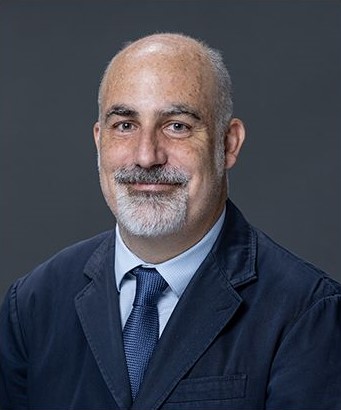 Getting a rocket into space is one thing, returning to Earth is another.
Getting a rocket into space is one thing, returning to Earth is another.
Marcos Fernandez-Tous, assistant professor of rocket propulsion and hypersonic aerodynamics at the University of North Dakota, examines the research that goes into doing so safely.
Assistant professor of space technology, I teach courses on rocket propulsion and hypersonic aerodynamics at the University of North Dakota. Between 2001 and 2016 I have been working in the aeronautical industry in Europe between Madrid and Brussels. Experience in research projects management and development. M.S. in Aerospace Engineering (Polytechnic University of Madrid, 2001) and PhD in Space Sciences (University of North Dakota, 2022).
Splashdown: A Rocket’s Cannonball
We have all seen it. A formidable crest of water surrounding a spacecraft structure as it pierces into the ocean. However, this image does not speak for the technical complexities of a well-designed splashdown.
Except for a few exceptions such as the Shuttle, most of the manned spacecraft recovered from the scorching re-entry fell into the sea. One must just remember the Gemini or Apollo missions or, more recently, the SpaceX Crew Dragon spacecraft.
The problem seems simple: a solid body impacting into water. Von Karman studied it in 1929, but applied it to seaplane floats instead. The conic shape of the Mercury capsule became a standard, with a dished-shaped base that absorbed most of the heat generated by friction, as the air surrounding the structure hit an incredible speed of 27,500 km/h. Then came the deceleration phase, with a gentler, cooling flow as the capsule continue its descending. By then, about half of the shield had boiled off. The drogue parachute deployed, which pulled out a bigger one. Finally, the capsule dived into the sea, at a much safer speed of about 25 m/s.
The development of numerical methods such as finite elements gave way to a new science, Computation Fluid Dynamics, or CFD for the initiated, whose development was pursued in earnest from the 1950s. Since then, CFD has been successful in solving very complex movements of fluids such as liquids, gases and plasma in a wide variety of science fields. It has also been used in splashdown analyses.
So next time you watch a splashdown, think of the significant effort that took a team of engineers to figure out whether the structural robustness would stand the impact of water, and where should they expect the largest bending deformation along the metal shirt.
Read More:
[LinkedIn]
